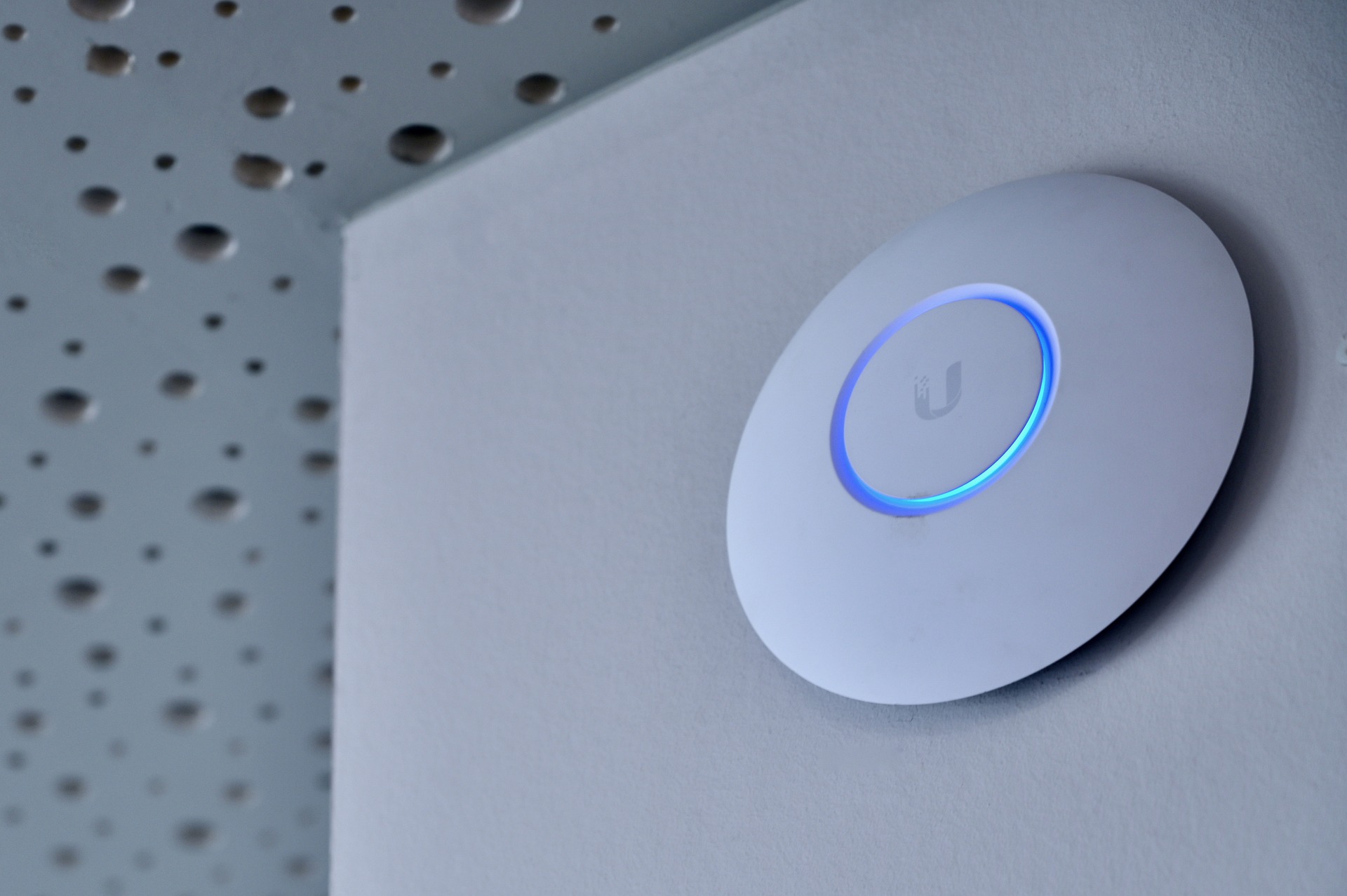OFDMA and Multi-user MIMO (MU-MIMO) are two important technologies that have been introduced in recent Wi-Fi standards such as Wi-Fi 6 and Wi-Fi 6E. These technologies have revolutionized the way Wi-Fi networks work, improving speed, capacity, and efficiency. In this blog post, we will explore OFDMA and MU-MIMO in relation to Wi-Fi.
OFDMA
OFDMA stands for orthogonal frequency division multiple access. It is a technology that allows multiple devices to share the same channel simultaneously. In traditional Wi-Fi, all devices on the network share the same channel, which can lead to congestion and slow performance.
With OFDMA, the channel is divided into smaller sub-channels, and each device is assigned one or more sub-channels to use. This improves efficiency and reduces latency, as devices no longer have to wait their turn to access the network. OFDMA is particularly useful in crowded environments, where multiple devices are accessing the network simultaneously.
OFDMA is a key feature of Wi-Fi 6 and Wi-Fi 6E. It allows these standards to provide higher capacity and faster speeds than previous Wi-Fi standards, making them ideal for applications that require high-bandwidth, such as streaming video and online gaming.
MU-MIMO
MU-MIMO stands for multi-user multiple input, multiple output. It is a technology that allows multiple devices to communicate with the router at the same time, rather than taking turns. In traditional Wi-Fi, the router communicates with each device one at a time, which can lead to congestion and slow performance.
With MU-MIMO, the router can communicate with up to four devices simultaneously, using multiple antennas. This improves efficiency and reduces latency, as devices no longer have to wait their turn to access the network. MU-MIMO is particularly useful in crowded environments, where multiple devices are accessing the network simultaneously.
MU-MIMO was first introduced in Wi-Fi 5 and has been further improved in Wi-Fi 6 and Wi-Fi 6E. It is a key feature of these standards, providing higher capacity and faster speeds than previous Wi-Fi standards.
Conclusion
OFDMA and MU-MIMO are two important technologies that have revolutionized Wi-Fi networking. They allow multiple devices to share the same channel simultaneously and communicate with the router at the same time, improving efficiency and reducing latency. These technologies are particularly useful in crowded environments, where multiple devices are accessing the network simultaneously. By understanding these technologies, you can choose the Wi-Fi standard that is right for your needs and take advantage of the latest advances in wireless networking technology.

Gladstone is a tech virtuoso, boasting a dynamic 25-year journey through the digital landscape. A maestro of code, he has engineered cutting-edge software, orchestrated high-performing teams, and masterminded robust system architectures. His experience covers large-scale systems, as well as the intricacies of embedded systems and microcontrollers. A proud alumnus of a prestigious British institution, he wields a computer-science-related honours degree.
